Architectural design and engineering have always been intertwined, but the connection has evolved remarkably over recent years. As urban landscapes continue to grow, architects and engineers face challenges that demand unique solutions.
The urban population is increasing, space is at a premium, and sustainable living is no longer an option but a necessity. These challenges provide fertile ground for architectural innovation, particularly in floor design.
1. The Interplay of Form and Function
Traditional architectural norms often posed the form and function as distinct elements. The form was considered an aesthetic presentation, while function was primarily about utility. Today's modern architecture seamlessly weaves these two together. Buildings are no longer just about aesthetics or solely about purpose; they're about integrating both in ways that amplify the user's experience.
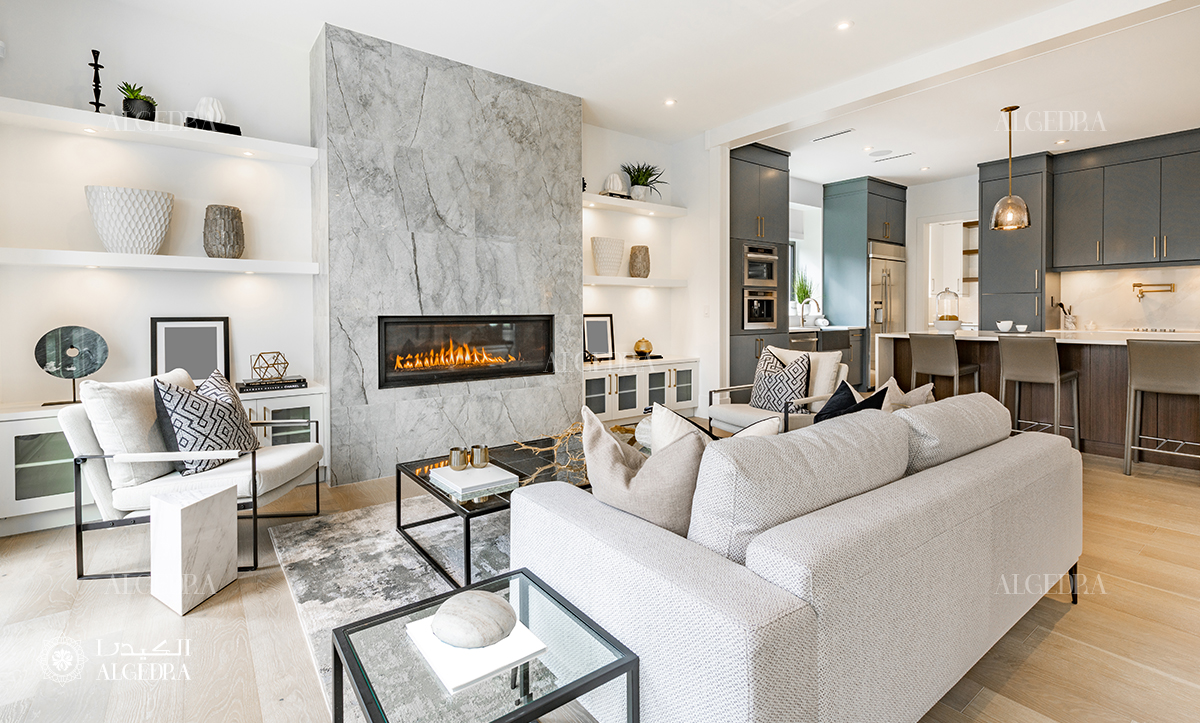
2. The Evolution of Open Floor Plans
The resurgence of open floor plans, integral in the past, now occupies a prime spot in modern architectural designs.
2.1. Fluidic Transitions: Spaces now flow into one another, eliminating the rigidity of demarcated rooms. This fluidity creates larger perceived spaces even in compact urban apartments.
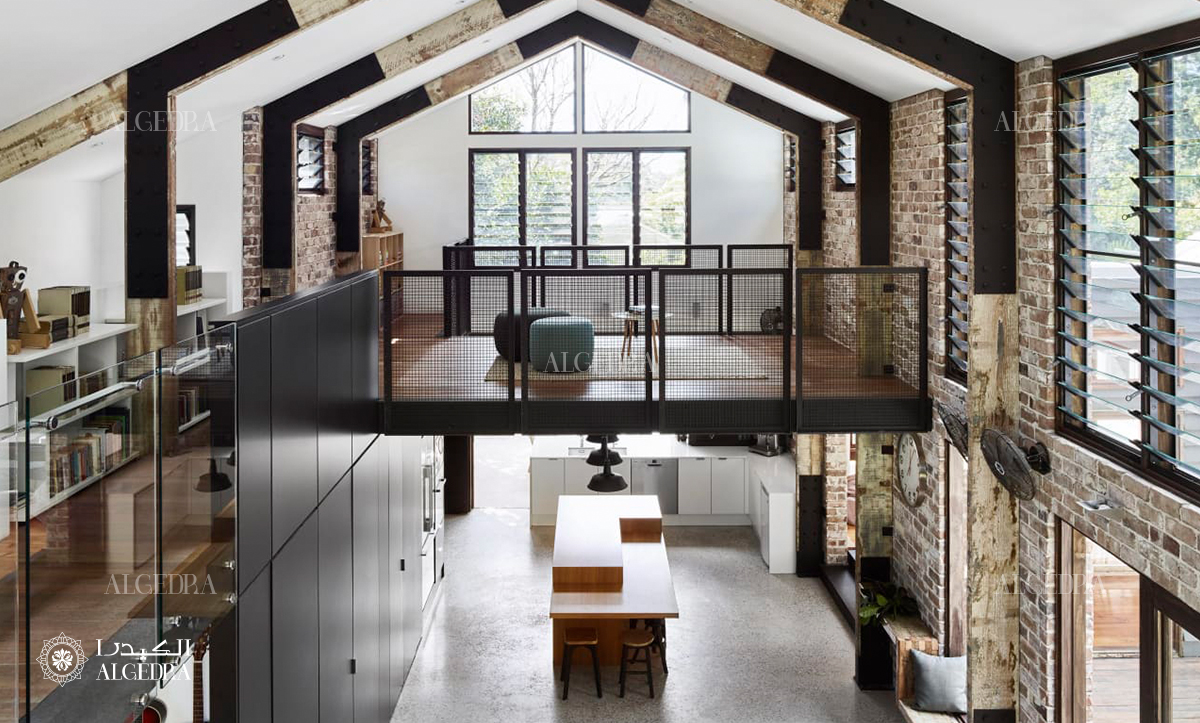
2.2. Multi-functional Spaces: Open designs of 2023 have seen an emergence of spaces adapting to users' needs—rooms transitioning from day offices to evening recreational hubs, reflecting the flexible work-life structures of contemporary society.
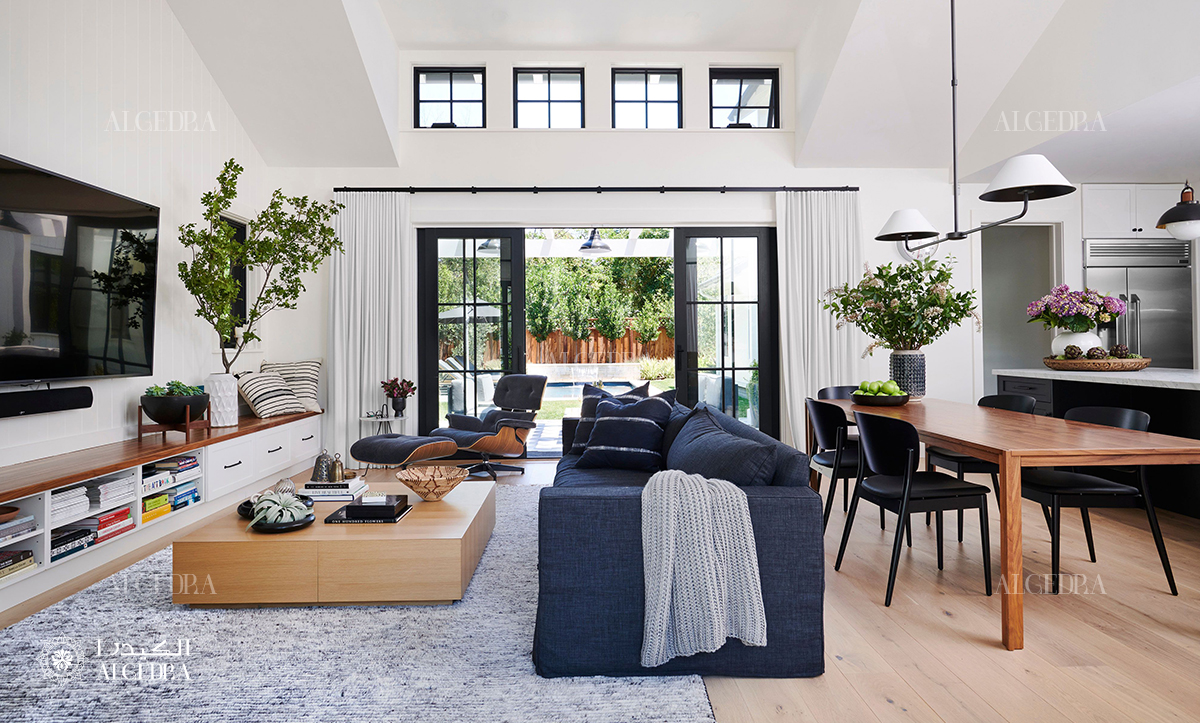
2.3. Societal Implications: Open designs enhance community building within households. The elimination of barriers promotes social interaction, vital in today's fragmented world.
3. Innovative Floor Designs
Among the most evident manifestations of the interplay between architectural and engineering innovation is in floor designs. Today's floors are not just surfaces to walk on; they've become canvases for artistic and functional expression.
3.1. Dynamic Floor Spaces: 2023 has seen the rise of dynamic floor spaces that can be reconfigured based on need. Through advanced hydraulics and modular design principles, spaces can be transformed, merged, or segmented with ease.

4. Embracing Sustainability in Modern Architecture
The architectural field now emphasizes green and sustainable designs, becoming stewards for environmental preservation.
4.1. Natural Lighting: Incorporation of expansive windows, intelligent orientations, and skylights diminish the reliance on artificial lighting, preserving energy and electricity.

4.2. Green Roofs: These innovations combat the heat-island effect prominent in urban zones. Besides temperature regulation, they serve as water runoff zones, facilitating urban agriculture.
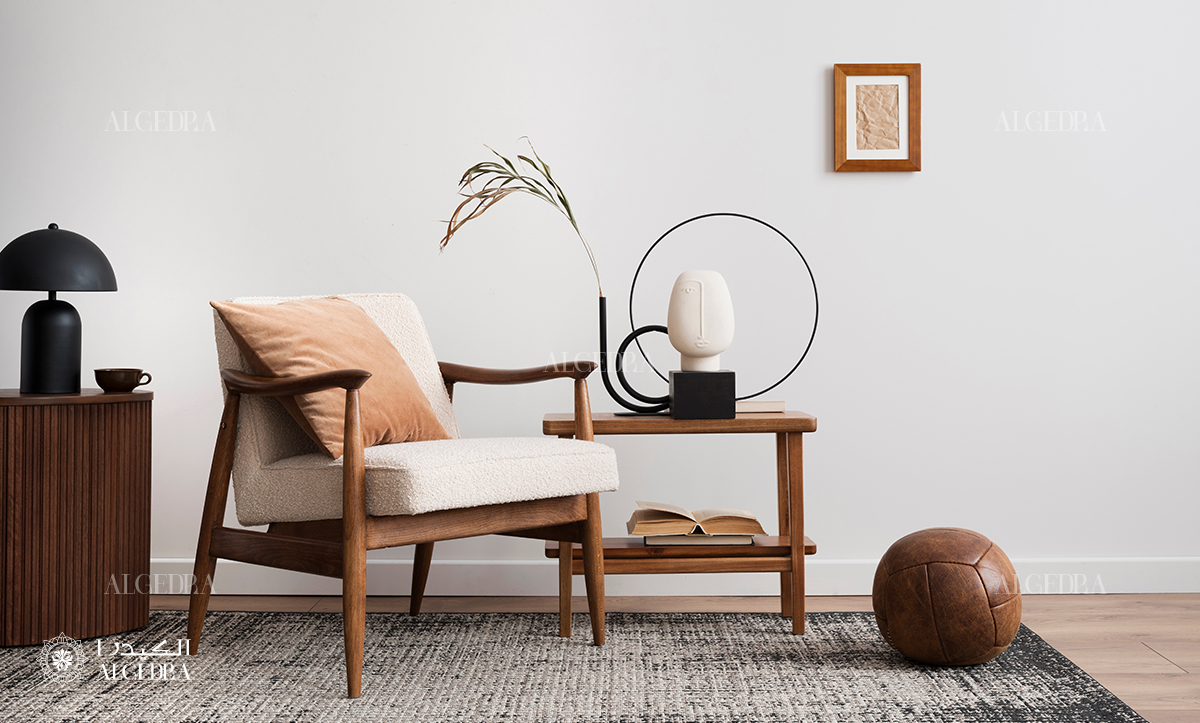
4.3. Sustainable Materials: The use of bamboo, recycled plastics, and reclaimed metals not only provides unique aesthetics but also contributes to the global recycling initiative.
5. The Digital Revolution in Architectural Engineering
The infusion of technology has reshaped architectural paradigms, fostering an era where designs are both intelligent and intuitive.
5.1. Smart Floors: Beyond just a surface, floors now come embedded with sensors. These sensors track and respond to human activity, aiding in security, health monitoring, and even energy generation.

5.2. Augmented Reality (AR) in Design: Architects now employ AR tools for client demonstrations, offering a vivid experience of space, design, and functionality before laying a single brick.

5.3. BIM and Integrated Designs: Building Information Modeling (BIM) allows architects, engineers, and construction professionals to collaboratively visualize, plan, and implement intricate designs, ensuring precision and reducing wastage.
6. Pioneering Materials in Modern Architecture
The material palette of 2023 displays a blend of tradition and modernity, with each material telling its story.
6.1. Recycled Materials: The use of reclaimed woods, metals, and even glass emphasizes a collective move towards sustainable construction, reducing landfill burdens.
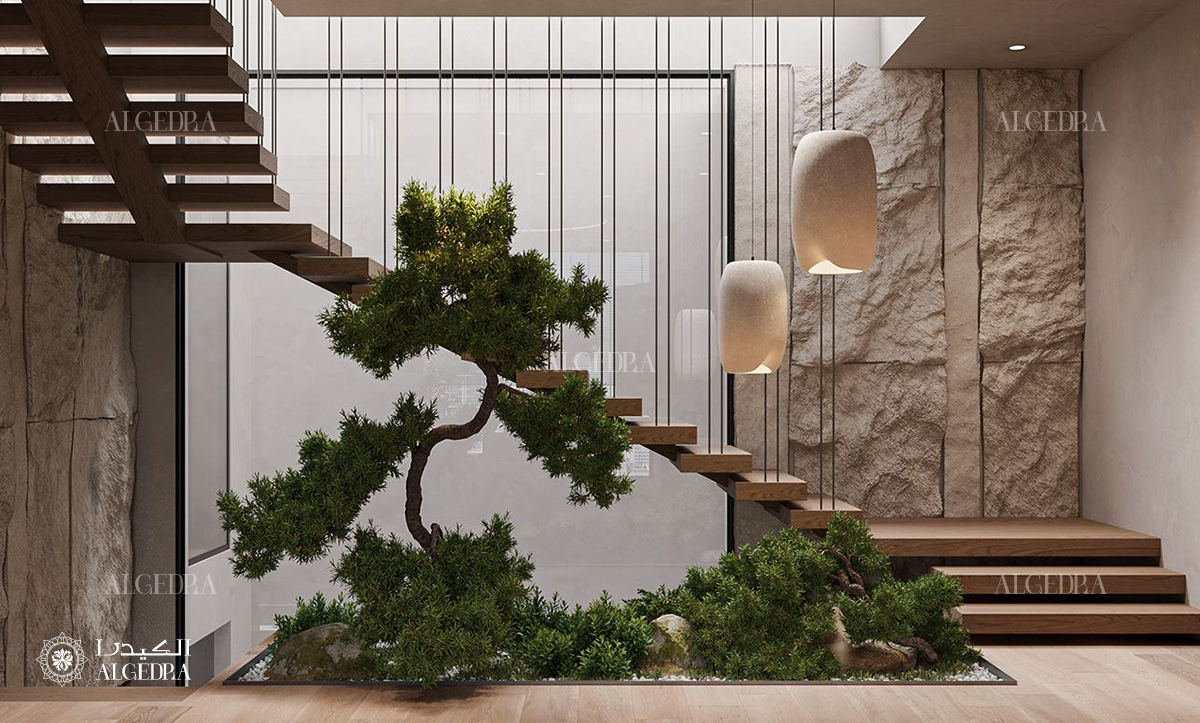
6.2. Advanced Composites: Materials such as carbon fiber composites provide strength without the associated weight, enabling architects to envision floating structures, cantilevers, and designs previously deemed impossible.

6.3. Self-Healing Concrete: A game-changer in the industry, this material can 'heal' its cracks using bacterial agents, ensuring longevity and reducing maintenance costs.
7. Nature and Architecture
Modern designs are actively erasing the boundaries between built environments and natural settings.
7.1. Indoor Gardens: Beyond mere aesthetic additions, these gardens purify air, regulate indoor temperatures, and enhance occupants' psychological well-being.

7.2. Bio-integrated Designs: Pioneering structures now incorporate moss, algae, and other photosynthesizing organisms into facades, merging buildings with nature.
8. Flexibility and Adaptability in Design
Dynamic societal needs necessitate designs that evolve with time.
8.1. Modular Homes: The plug-and-play nature of these homes allows them to grow or reduce as families evolve, maximizing resource utility.

8.2. Movable Walls: With mechanized and manual systems, walls can be shifted, creating spaces that vary in size and function to cater to specific needs.
8.3. Convertible Furniture: Integrated within floor designs, convertible furniture pieces like murphy beds, extendable tables, and collapsible seating arrangements optimize space.
9. Challenges and Solutions in Modern Architecture
Innovation always brings challenges, but solutions are continually emerging.
9.1. Urban Congestion: With rising urban populations, architects face the dilemma of creating spacious designs in limited areas. Vertical gardens, communal spaces, and shared amenities are some solutions.
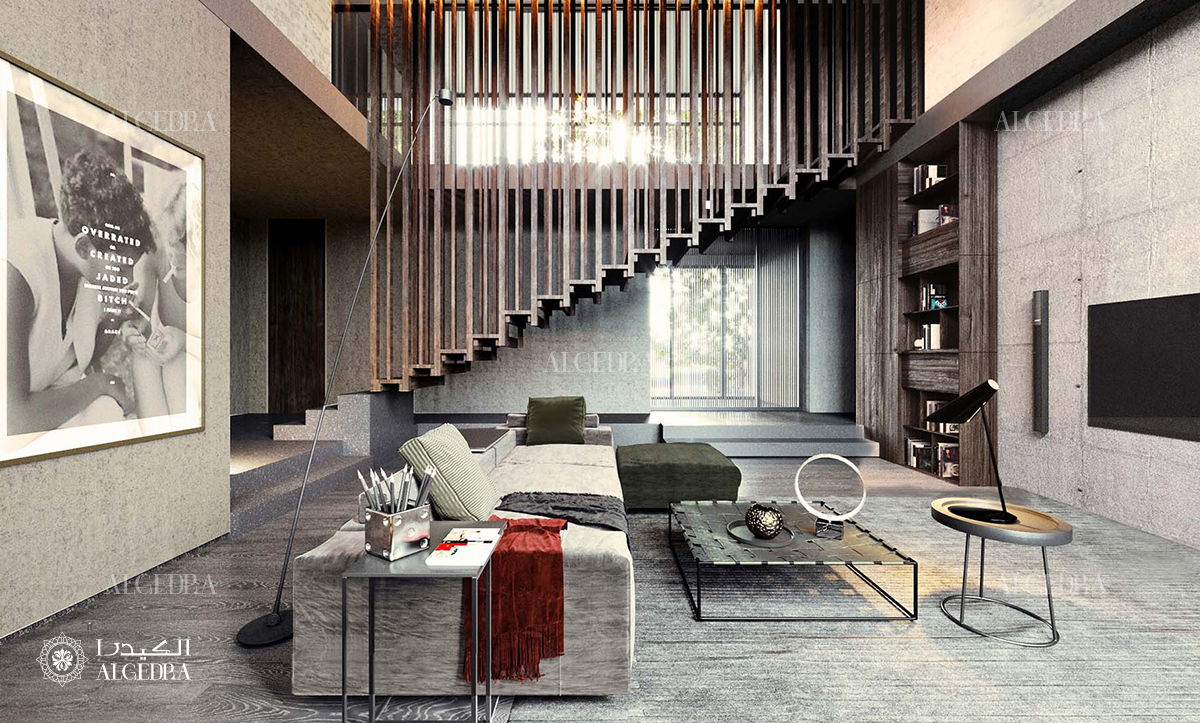
9.2. Affordability: While innovation thrives, it often comes at a price. Architects and engineers collaboratively strive to find a balance between cutting-edge designs and cost-effective methods.
9.3. Environmental Impact: As designs become more ambitious, they must also remain ecologically benign. This necessitates continuous research into materials and methods that have minimal ecological footprints.
10. The Human Experience at the Core
The ultimate goal of this synergy between architectural engineering and design innovation is enhancing the human experience. Buildings are designed keeping users at the core.
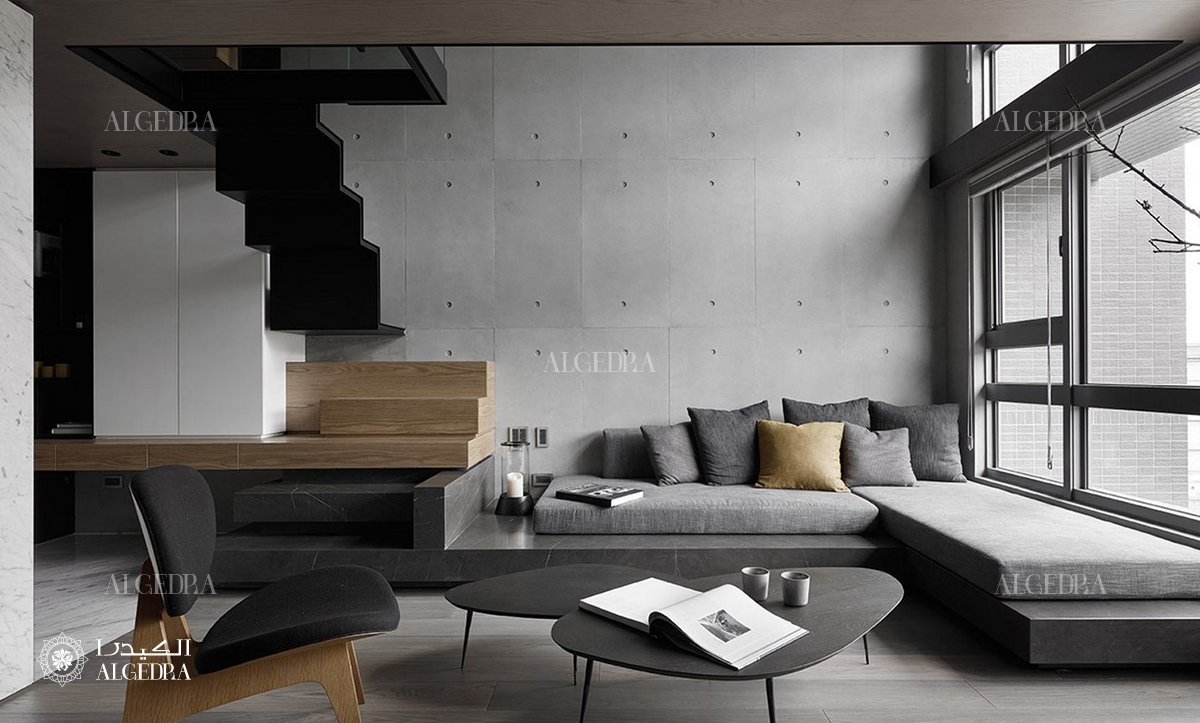
Whether it's an office that facilitates collaboration through open floor plans or homes that adapt to the inhabitant's needs over time, modern architecture seeks to elevate the quality of life.
Conclusion
2023’s architectural landscape reflects an exciting phase in the ever-evolving journey of architectural expression. With architectural engineering and innovative floor designs leading the charge, we are witnessing structures that are as remarkable in their visual appeal as they are in their utility and sustainability.
This era is not just about buildings that touch the sky, but about structures that resonate with our aspirations, values, and hopes for a brighter, more connected future.